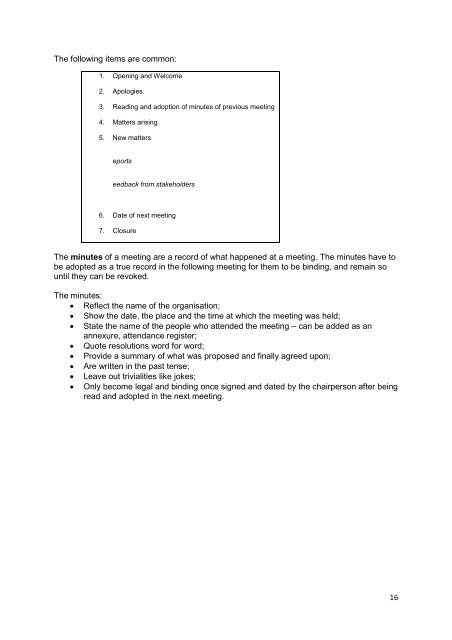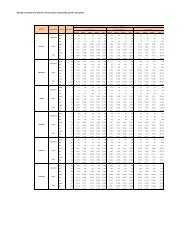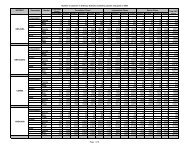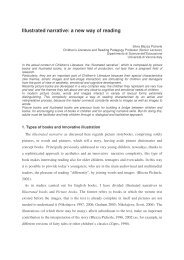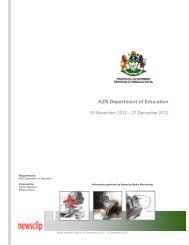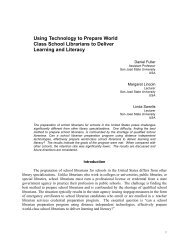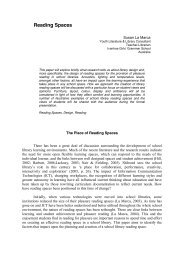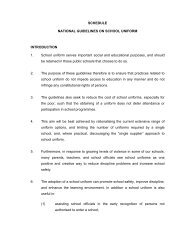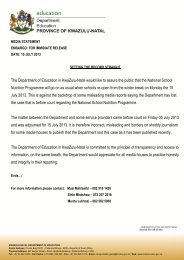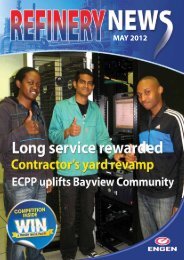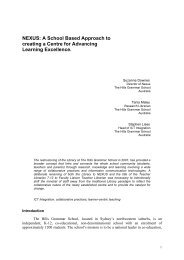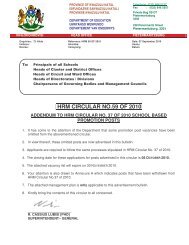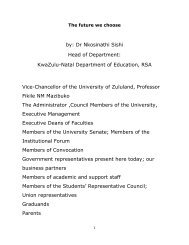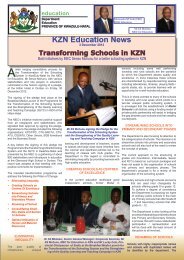GUIDELINE FOR TEACHING AND WRITING ESSAYS ... - Thutong
GUIDELINE FOR TEACHING AND WRITING ESSAYS ... - Thutong
GUIDELINE FOR TEACHING AND WRITING ESSAYS ... - Thutong
You also want an ePaper? Increase the reach of your titles
YUMPU automatically turns print PDFs into web optimized ePapers that Google loves.
The following items are common:<br />
1. Opening and Welcome<br />
2. Apologies<br />
3. Reading and adoption of minutes of previous meeting<br />
4. Matters arising<br />
5. New matters<br />
eports<br />
eedback from stakeholders<br />
6. Date of next meeting<br />
7. Closure<br />
The minutes of a meeting are a record of what happened at a meeting. The minutes have to<br />
be adopted as a true record in the following meeting for them to be binding, and remain so<br />
until they can be revoked.<br />
The minutes:<br />
• Reflect the name of the organisation;<br />
• Show the date, the place and the time at which the meeting was held;<br />
• State the name of the people who attended the meeting – can be added as an<br />
annexure, attendance register;<br />
• Quote resolutions word for word;<br />
• Provide a summary of what was proposed and finally agreed upon;<br />
• Are written in the past tense;<br />
• Leave out trivialities like jokes;<br />
• Only become legal and binding once signed and dated by the chairperson after being<br />
read and adopted in the next meeting.<br />
16


